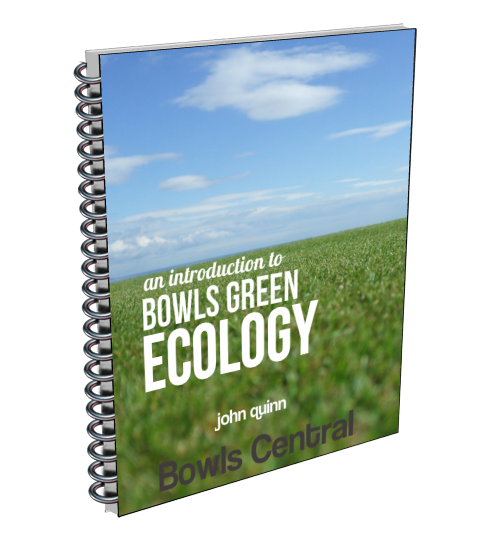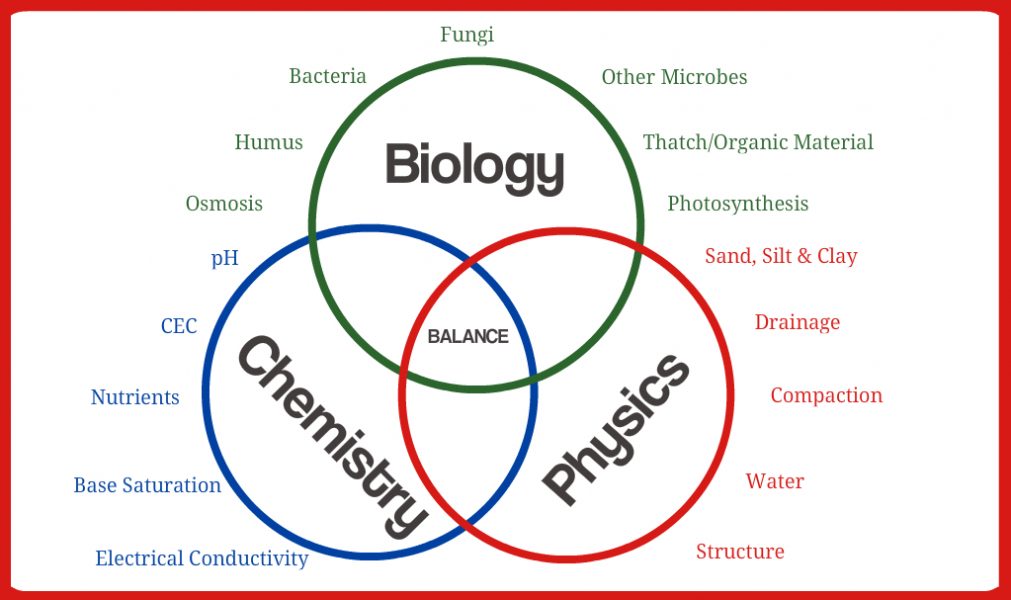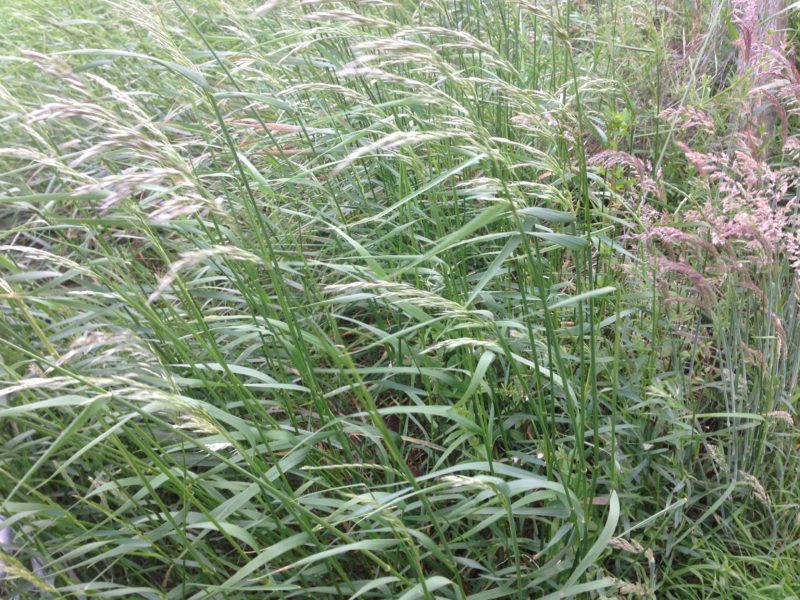Timely applications of PotSi have been shown to be particularly effective in preventing the onset of fungal diseases. For example, applying PotSi at the early stages of a Dollar Spot outbreak can significantly reduce disease severity by fortifying the turfgrass against the pathogen. This proactive approach not only mitigates disease impact but also reduces the need for chemical fungicides, promoting a more sustainable turf management strategy .




